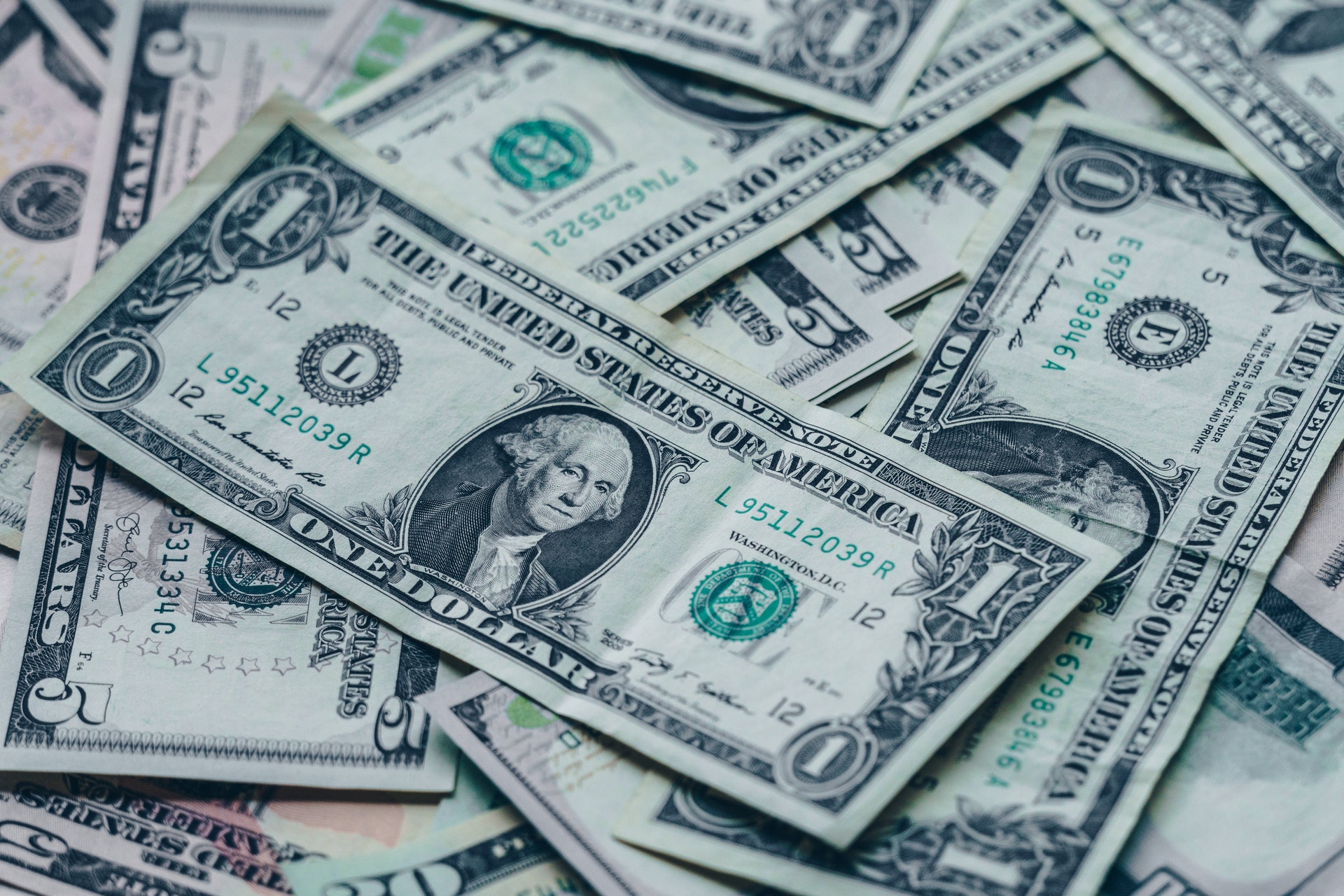Dividend Stocks & Power of Compounding Interest
It’s said that the key to early retirement is compound interest. Compound interest means that you earn interest on top of the interest you receive, multiplying your money even more.
Three important factors that determine your compound interest
There are two important factors that can and will affect the growth rate of your savings that you should know.
- The interest rate on your investment or profit. Let’s say that you’re investing in stock, this would be your earning or profit you get from dividends or capital gains.
- Time. The more time your money has to build upon itself, the more profit you get from the compound.
- When you pay your taxes. It’d be so much better for you if you pay your taxes before the end of each year.
How does compound interest work?
The trick is simple, you invest a portion of your savings each month into dividend stocks. Then you reinvest the dividends for more dividend stocks.
Let’s say that you invest $1000 into dividend stocks with a 6% yield per year, then you’ll earn $60 per year. If you take that $60 out, you’ll earn a total of $1200 in 10 years. But if you take your dividend cash back into dividend stocks, you can earn $2399.56 in 10 years.
It can get even crazier considering that dividend grows at around 2% per year. So instead of $2399.56, you’ll earn $3445.
Your money works for you
You must’ve heard that a lot, by do you really know what it means by that? When you earn interest from your saving, your initial deposit grows by a small margin.
Let’s say that you deposit $100 with 2% APY that you get at the end of each year. That would mean that your initial deposit grows to $102 at the end of the first year. Obviously, you’ll earn more money if you deposit a higher amount. But you can already see here the profit you get from your initial deposit. And this brings us to the next step.
Interest on top of interest
So, you get interests from your bank, which can be paid annually, monthly, or daily, on top of your entire account balance. These interests factor in your initial deposit, as well as previous interest earnings, are given by your bank.
Once the interest earnings also generate their own additional interests, you can already see how compound interest works in the real world. To make it easier for you to understand, consider this scenario: your initial deposit, which is $100, earns $2 just like in the previous scenario. The $2 you get from the interest also generates interest, which is $0.04. The total money you have at the end of the year is $104.04.
The process continues
As long as you keep investing your earnings back into your dividend stocks, you’ll continue to earn interest on your savings. Don’t remove or take the interest to spend it on something else, because then the results are less effective.
This is why you need to let the process continue itself. Don’t touch your account or use the funds for anything. The more you wait the more you earn, simple as that.
Use multiple savings account
I understand that sometimes it’s difficult to leave your money alone, even harder when you want to leave it alone for many years. The trick is having multiple savings account. This way you can manage your finances better and keep you away from touching your savings so that you earn more money from compound interest.
You can create multiple savings account for different goals. Move money from your primary account to the right savings accounts, to improve the chance of success.
Next, you can automate the process. Set up automatic monthly or weekly transfers from your primary account to all of your savings account. This way you won’t have any more excuses and less tempted to spend the money elsewhere.
For more motivation to let your savings untouched, observe how your account grows every year. This is the best thing about compounding interest after all. The more money you save the more money you earn in interest. The process will not stop until you take out the money.


